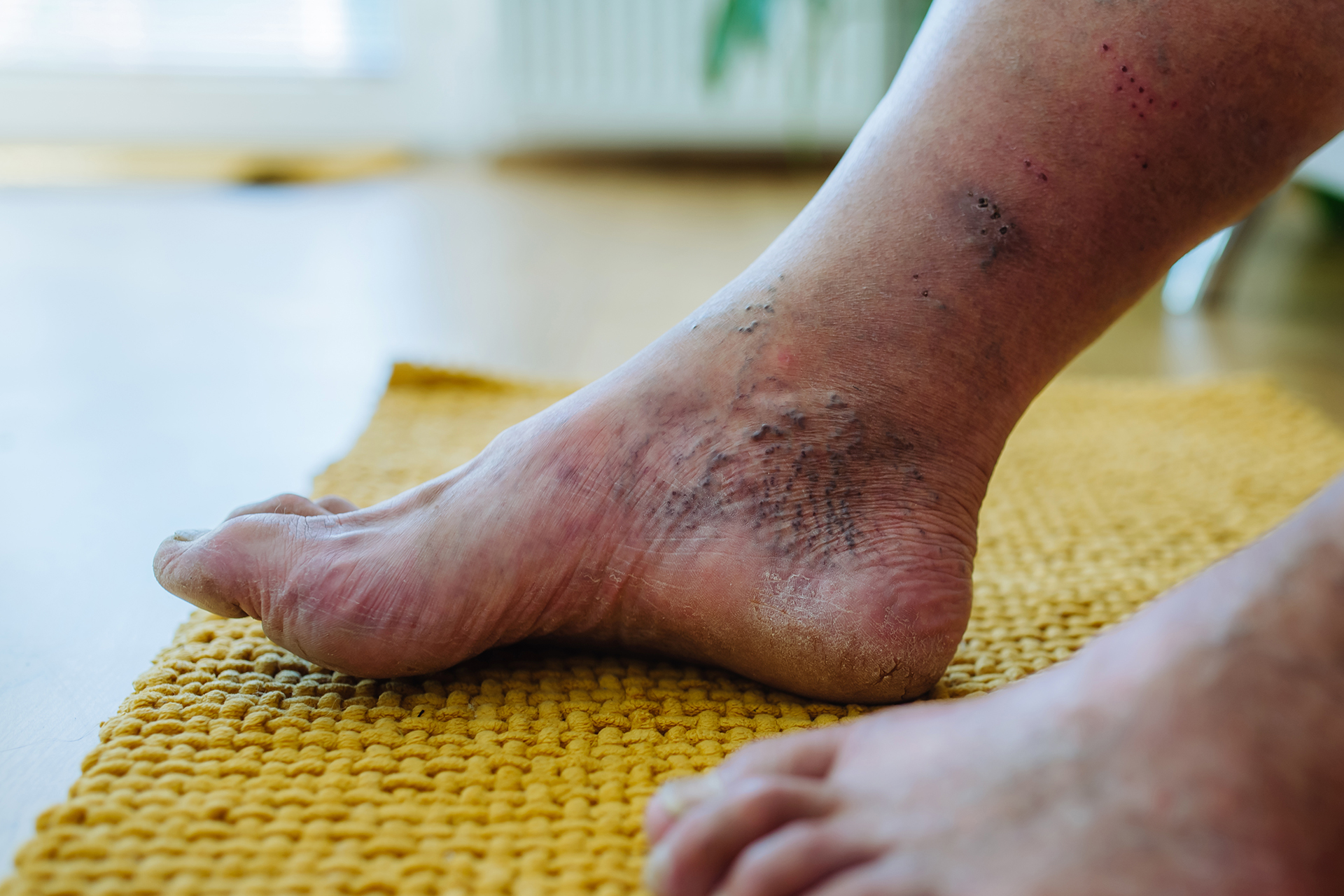Do you find yourself struggling with wrist stiffness that hampers your daily activities? Whether it’s typing on a keyboard, lifting objects, or even simple tasks like opening jars, wrist stiffness can significantly impact your quality of life. In this guide, we’ll delve into the world of wrist stiffness treatment, exploring various methods to regain flexibility and alleviate discomfort.
Understanding Wrist Stiffness
Wrist stiffness can arise from a variety of factors, including overuse, injury, or conditions like arthritis. Recognizing the symptoms early on—such as limited range of motion, swelling, or pain—is crucial for timely intervention. By understanding the root causes and signs of wrist stiffness, you can take proactive steps towards effective treatment.
Conservative Treatment Options
When it comes to addressing wrist stiffness, conservative approaches often serve as the first line of defense. Rest and immobilization can provide relief by allowing the affected wrist to heal. Physical therapy and occupational therapy offer tailored exercises and techniques to improve wrist mobility and strength. Additionally, the use of wrist splints or braces can provide support and stability, especially during activities that exacerbate stiffness. Pain management strategies, such as over-the-counter or prescription medications, can also help alleviate discomfort.
Alternative Therapies
In addition to traditional treatments, alternative therapies can offer complementary approaches to managing wrist stiffness. Acupuncture, for instance, targets specific points to relieve pain and promote flexibility. Chiropractic adjustments may help realign the wrist joint, reducing stiffness and discomfort. Massage therapy techniques can target tight muscles and ligaments, promoting relaxation and improved range of motion. Incorporating practices like yoga and stretching into your routine can also enhance wrist flexibility and overall joint health.
Medical Interventions
For cases of severe or persistent wrist stiffness, medical interventions may be necessary. Corticosteroid injections can provide targeted relief by reducing inflammation within the wrist joint. Platelet-rich plasma (PRP) therapy utilizes the body’s own healing factors to promote tissue regeneration and reduce stiffness. In some instances, surgical options, such as arthroscopic procedures, may be recommended to address underlying issues contributing to wrist stiffness.
Lifestyle Changes and Home Remedies
Making simple lifestyle changes and incorporating home remedies can play a significant role in managing wrist stiffness treatment. Ergonomic adjustments in your workspace can reduce strain on the wrists during daily activities. Maintaining proper posture and wrist positioning is essential to prevent exacerbating stiffness. Applying heat or cold therapy can help alleviate pain and reduce inflammation. Additionally, adopting a diet rich in anti-inflammatory foods, such as those containing omega-3 fatty acids, can support joint health and mobility.
Prevention Strategies
Prevention is key when it comes to managing wrist stiffness and promoting long-term joint health. Prioritize proper warm-up and stretching exercises before engaging in physical activities to prepare the wrists for movement. Be mindful of repetitive motions that strain the wrists, and take breaks to rest and stretch regularly. Maintaining a healthy weight can reduce excess stress on the joints, while regular wrist exercises can improve strength and flexibility over time.
Takeaway
Wrist stiffness doesn’t have to be a permanent hindrance to your daily life. By exploring the various treatment methods outlined in this guide and consulting with a healthcare professional, you can unlock flexibility and alleviate discomfort. Remember, proactive management of wrist health is essential for enhancing your overall quality of life.






